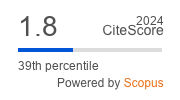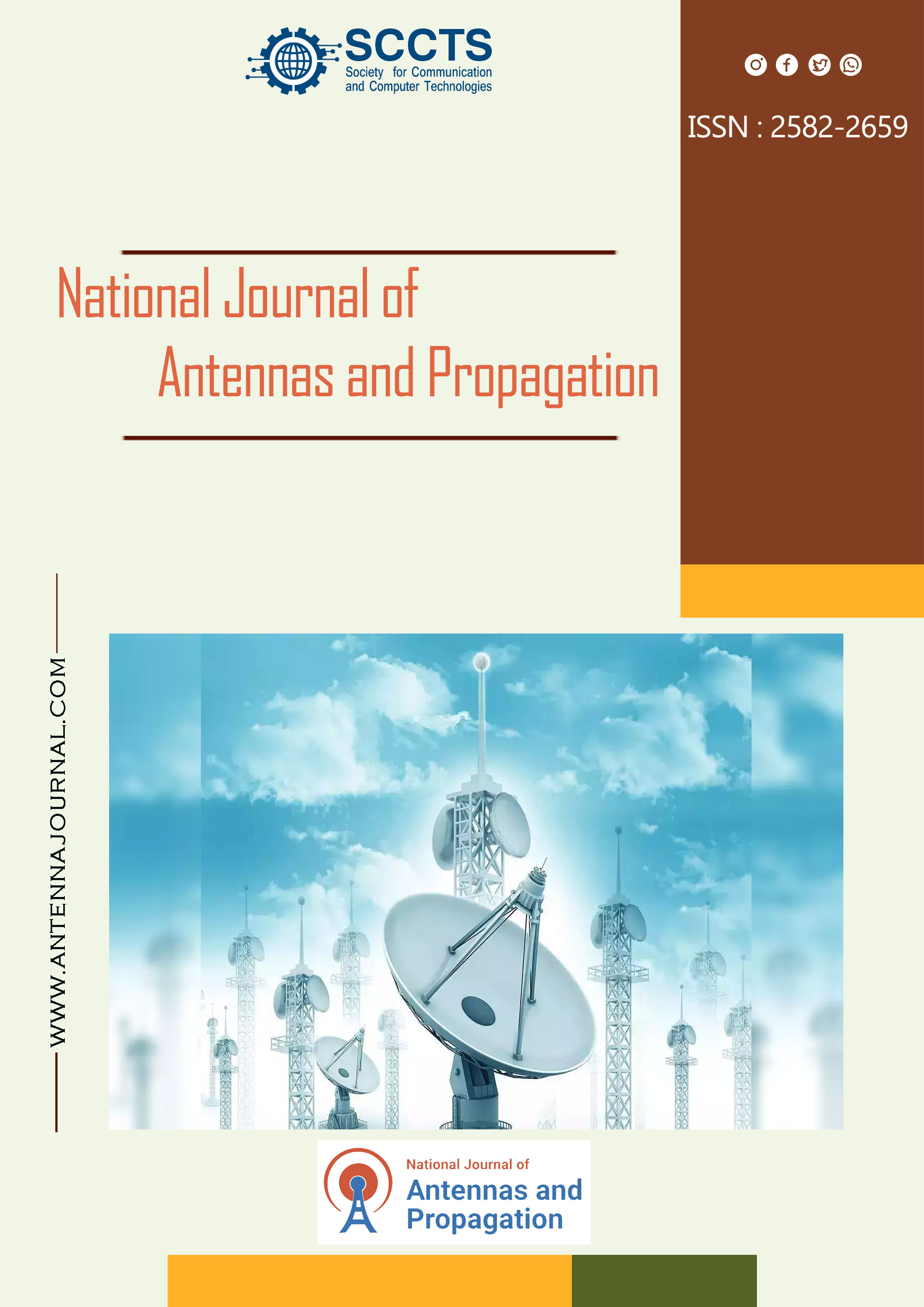Antennas for Autonomous Systems: Enabling Precision and Efficiency
DOI:
https://doi.org/10.31838/NJAP/07.01.05Keywords:
Multiple Antenna Array,, Autonomous systems,, 6G, Antennas.Abstract
A completely autonomous system will be available for numerous applications by 2030 thanks to 6G wireless networks; fully autonomous systems are one of them. Autonomous cars equipped with RADAR technology will need antennas with varying radiation zones, half-power beamwidths (HPBW), and gains to accomplish tasks like lane changing, brake emergencies, and assisted parking. This creative method is quickly becoming a game changing innovation in wireless communication technologies. Therefore, to offer good coverage for the sixth-generation millimetre-wave frequency ranges (6G), this paper suggests a Multi Antenna Array System for Autonomous Systems (MAAS-AS). This system is efficient and widely used in various applications, including telemetry for autonomous vehicles and other wireless ones. A fluidic, conductive, or insulating component that can be controlled by software to dynamically change the shape and location of an antenna to vary important factors, including operating frequency, gain, radiation pattern, and other important features, is called an MAAS. Future 6G wireless networks will be heavily affected by MAAS due to their unique characteristics. The effectiveness of this antenna has been established by simulating its operation at 150 GHz resonance using the reflection coefficient (S-parameter), actual gain, and electromagnetic radiation waveforms. The Terahertz (THz) wavelength spectrum, which extends from 0.1 to 10 THz, will be used by the 6G wireless transmission network for numerous prospective purposes to fulfil consumer needs for growing bandwidth and ultra-high speed.











